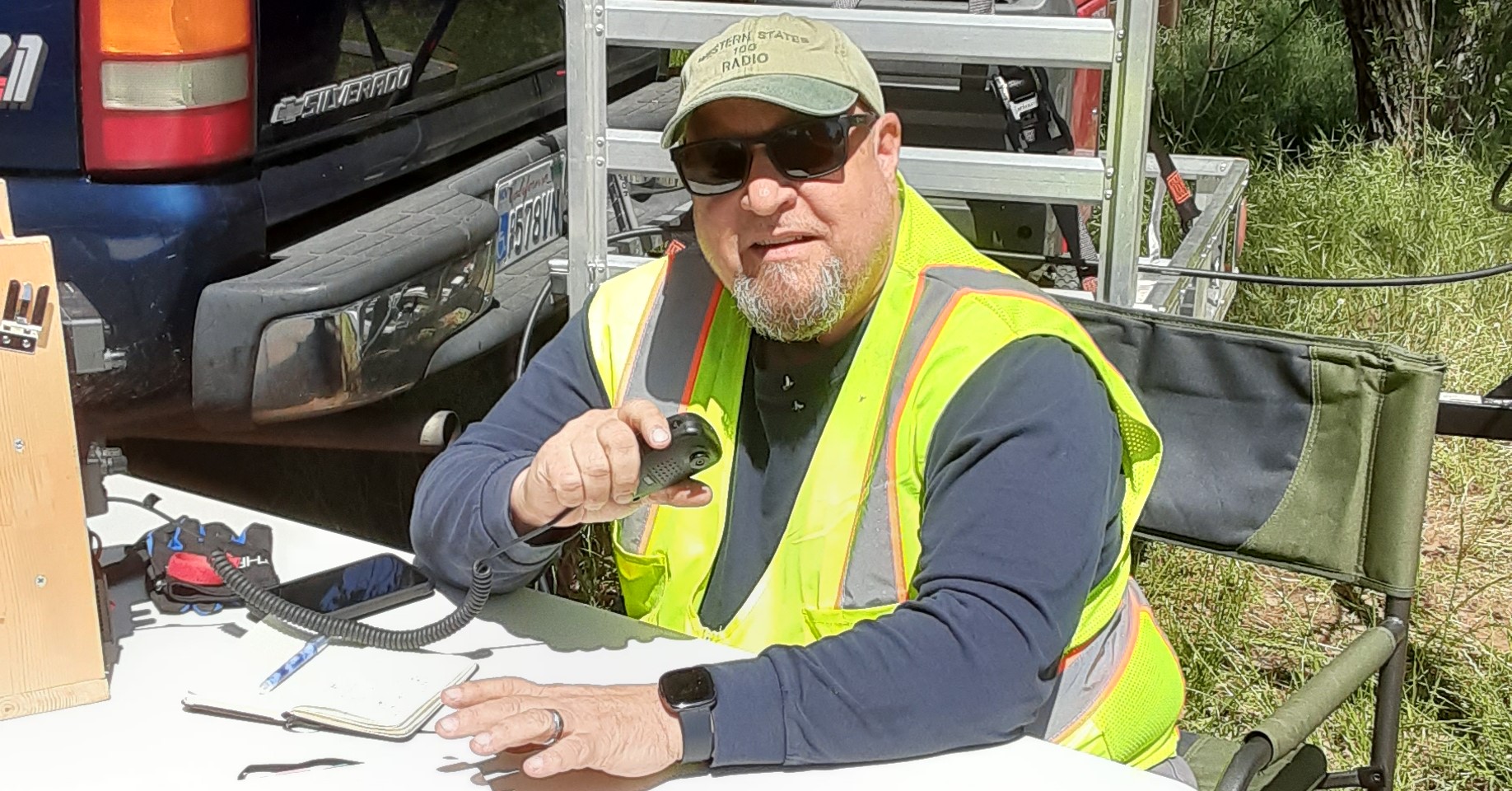NBEMS Nets
We will have suspended our training nets at 2030 hours on Wednesday nights
We will start on 3584 Khz using BPSK-125. Look for the Tune Here signal.
The NCS will be monitoring the CARS repeater on 145.170 – offset, PL 100Hz.
Note: the operating mode is subject to change.
NBEMS Software
The Current NBEMS Software:
Fldigi is 3.23.03
Flwrap is 1.3.4
Flmsg is 2.0.12
Flamp is 2.2.03
Flrig is 1.3.22
You can download the software at
NBEMS Download
Be sure that you load the software in the C: drive, write down your current settings, before loading the latest version and that you run CheckSR to calibrate your sound card.
Narrow Band Emergency Messaging System
——————–
SUSPENDED
Weekly Net Wednesdays ~20:30 Local
Operating frequency varies
Voice coordination: 145.170 – PL 100
Net Control Station: WS6P (Sam) — Contact
——————–
This is looking be very useful as another tool for emcomm. The software enables the user the option of using any one of six digital modes “on the fly.” The modes offer the opportunity to receive and transmit everything from simple text to graphics, all in narrow banded digital modes. Some of the main advantages: intuitive installation and usage, and choice of modes – PSK 31, PSK 62, PSK 125, PSK 250, MFSK and RTTY. Digital modes work well using low power and NVIS antennas during emergencies.
Modes are narrowband. The software is rather Spartan, but as an emcomm program it deserves consideration. It is simple and offers many options. Oh yes, and it’s free!
Composing and sending emergency messages on NBEMS utilizes the same Outlook Express, Outlook, Windows Mail or Thunderbird email program used for Internet email, and is no more difficult than sending an email over the Internet. Messages just go over the radio instead, when the Internet or phone service is not reachable in an emergency.
PSK63, PSK125, or PSK250 is used to modulate two-meter SSB, or HF SSB transmitters, using horizontally polarized antennas for greatest range. Two meters is unique in that the propagation is more constant than on the lower bands from 6 meters on down, and range is greater, and absorption less, than on the lowest UHF band, 70 cm, so much wider modes, that handle QSB by continuing to work far below the noise level, are not needed.
This point-to-point system does not utilize repeaters, or email robots, for message forwarding. All forwarding is always done by stations manned by live operators on both ends, who can confirm that a frequency is clear locally, negotiate a QSY if necessary, and confirm delivery of a message by the intended recipient. The system depends upon a multitude of radio amateurs providing the traditional public service function, similar to the way they always have, and gives more hams a chance to help out with emergency communications without requiring a large hardware investment.


